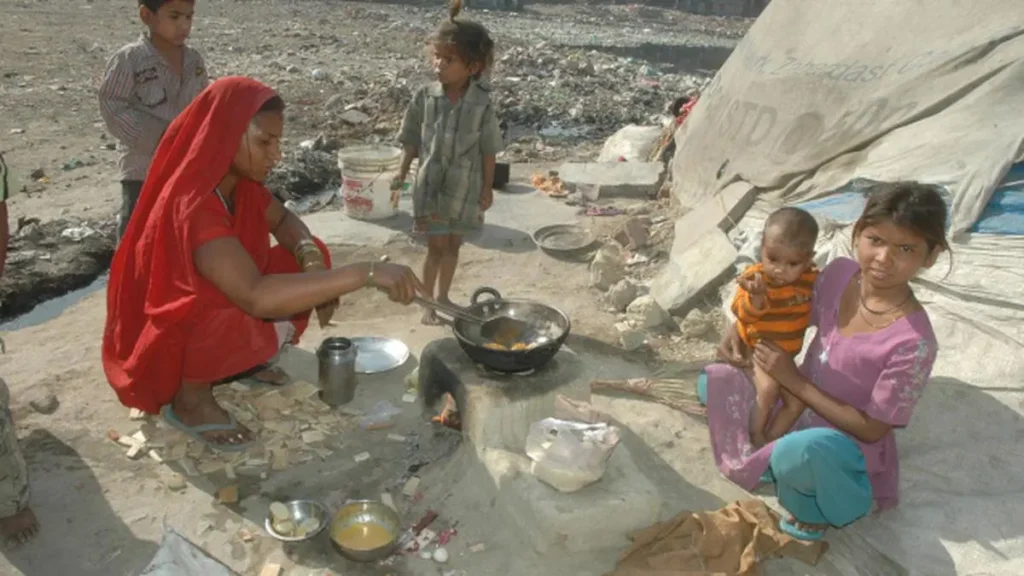The recent study by PIDE (Pakistan Institute of Development Economics) revealed a troubling truth: Pakistan’s poverty rate has increased from 38.6 percent to 39.5 percent over the last five years. This news shouldn’t have come as a surprise to the government.
Two main reasons contribute to this rise. First, the global impact of Covid-19 pushed many people into poverty worldwide, including in Pakistan. Secondly, the government’s agreement with the IMF led to inflation and unemployment, making life harder for millions.

The situation is likely to worsen. Even though Covid-19 is receding, the need for IMF support remains. This means more taxes and fewer subsidies, further straining the economy.
Despite these warning signs, the government seems unconcerned. It’s focused on IMF agreements to avoid default but fails to acknowledge the heavy burden these agreements place on the people.
A recent PIDE study also highlights another issue: digital poverty. Many Pakistanis lack access to information technology and digital literacy, hindering their chances of escaping poverty.
This neglect is unacceptable. The government must take decisive action to address these challenges. Otherwise, Pakistan’s poverty situation will only worsen, leaving the most vulnerable in a dire situation.